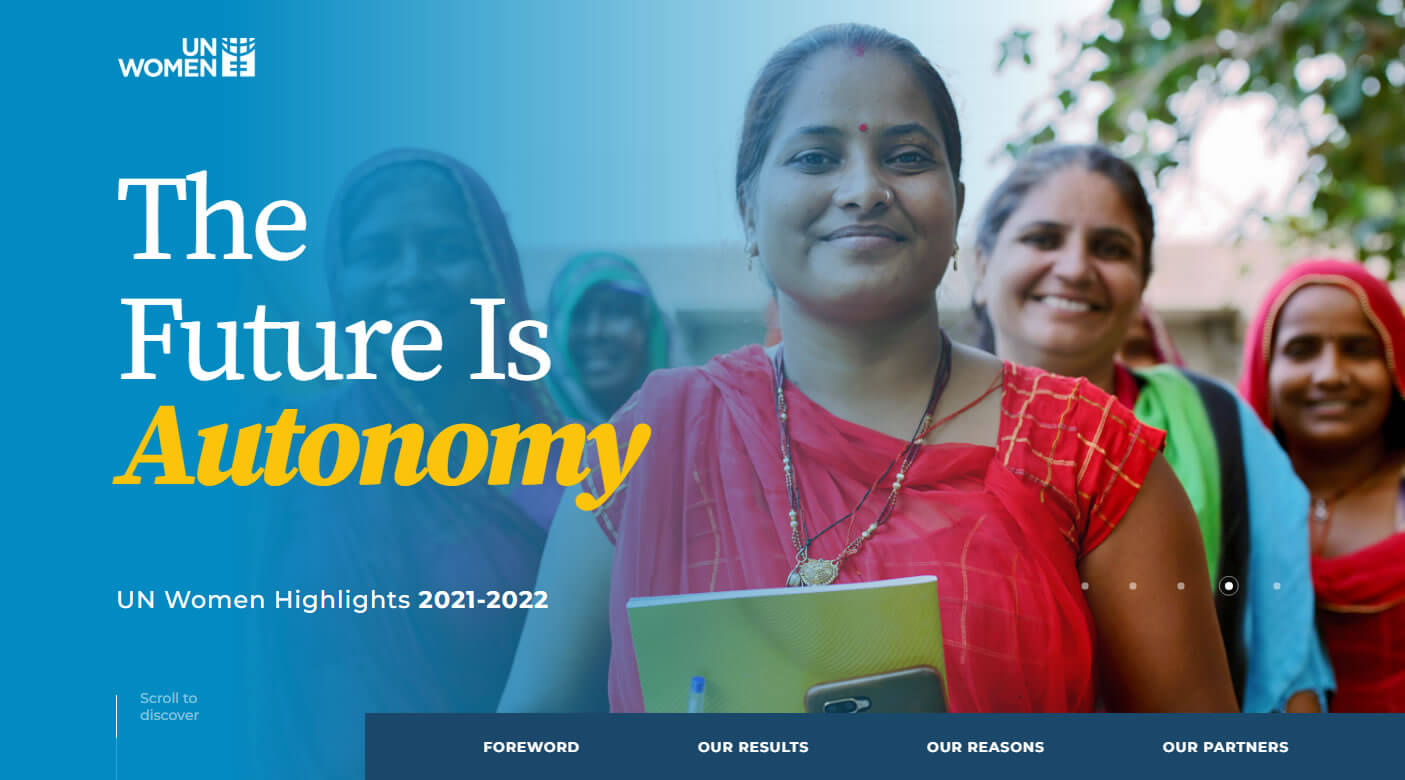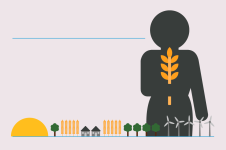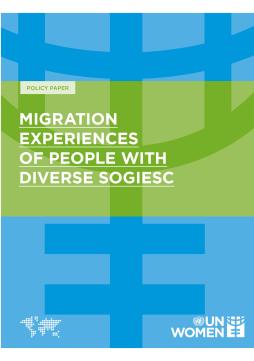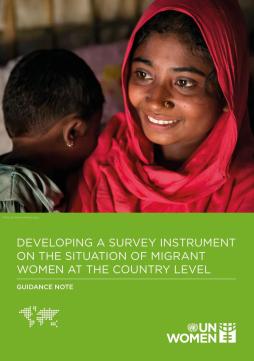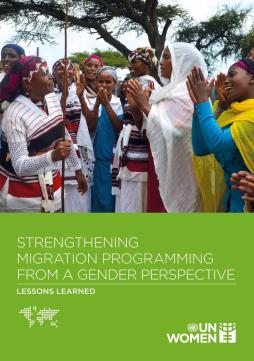Migration, Remittances and Gender-Responsive Local Development
This series of case studies focuses on the sending, transfer, receipt, and utilization of remittances. It affirms that gender influences and shapes the movement and experiences of migrants and their communities in both origin and destination countries. Case studies include: Albania, the Dominican Republic, Lesotho, Morocco, the Philippines, and Senegal.
The feminization of migration is a phenomenon that stresses not only the moderate increase in the numbers of women migrating, but also the ways in which women participate in migratory processes.In the past, most female migrants moved as dependents of husbands or families, whereas today a greater variety of women are leaving autonomously to work and live abroad as primary income earners. Growing interest in the study of the feminization of migration has created a knowledge base of experience and tools that lend themselves to the integration of gender equality into migration-related interventions.
Meanwhile, remittances – another significant feature of migration – are gaining international attention. The monies sent from migrants in destination countries to families and communities in countries of origin are an important motivator for working abroad. Although individual migrants generally send relatively small sums of money, the accrual of remittances amounts to considerable financial flows.
Recognizing remittances’ impact on national economies and the global financial world, governments and international organizations have taken interest in their potential to affect development. However, this potential to support and enhance human and local development has yet to be fully understood. A gendered approach to studying this phenomenon highlights how gender affects migrants’ experiences and how migrant women in particular can contribute to dialogues, policy planning and interventions for sustainable development.
Publication Links
- Executive Summary: Migration, Remittances and Gender-Responsive Local Development (Case Studies: Albania, the Dominican Republic, Lesotho, Morocco, the Philippines and Senegal)




